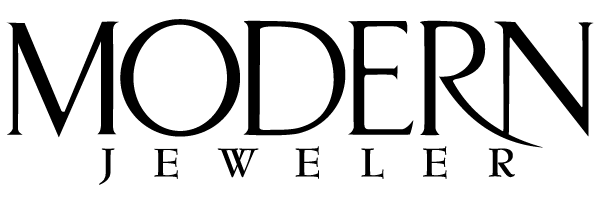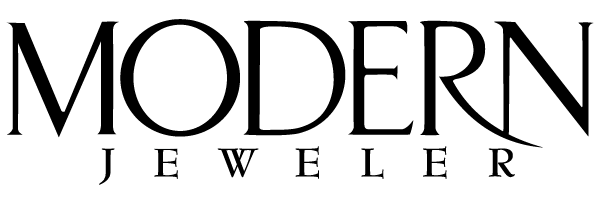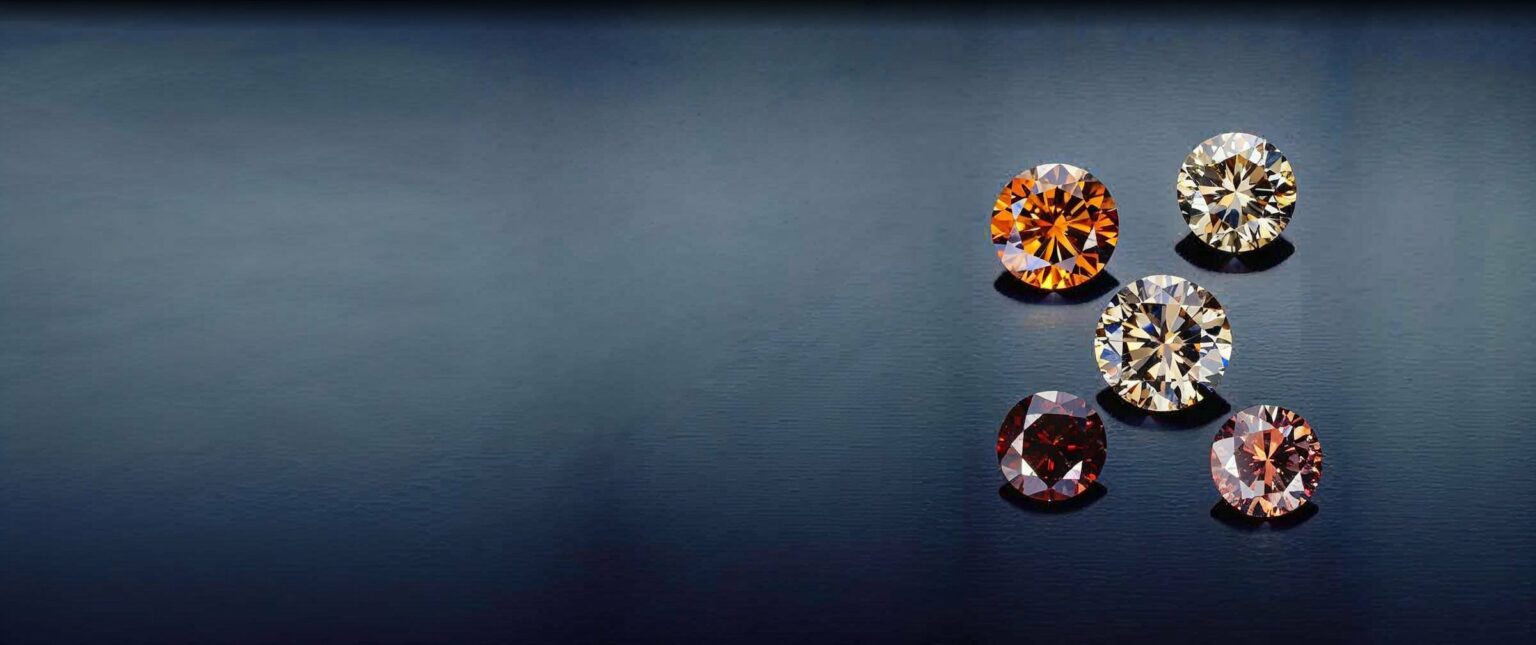Fancy-color diamond specialist Hank Frydman likes nothing better than showing a mouth-watering array of lovely brown diamonds to out-of-town jewelers who visit him at the Diamond Trade Association in New York. But the vacant stares that usually greet these stones quickly remind him that brown diamonds are still a seldom acquired taste.
Nevertheless, Frydman is convinced that some day soon the very same diamonds will become a required taste. “It’s a matter of economics,” he explains. “Fancy brown diamonds are just about the only bargains left in the diamond kingdom.” So it would seem. Today the standard pure-brown stone, possessing what the trade calls either coffee or chocolate color, costs $1,000 per carat tops in a 1-carat size, often far less.
The same money will buy next to nothing in a white stone. That’s why many jewelers have turned to brown, but nearly always in light mulatto shades which, if mounted in yellow gold, pass for white at, of course, much less cost. Sad to say, brown is beautiful only when it can bluff as white. At least with women. But what about men?
“Men are a different story,” Frydman insists. “Brown makes many men feel comfortable about wearing diamonds.”
Male and Majestic
Fancy brown or fancy-color diamonds strongly modified by brown have long been favorites among diamond dealers who wish to wear diamond jewelry, rings especially. “The colors are so virile that a man can wear them and maintain his masculine image,” Frydman explains.
If only more than a handful of males knew that. The same earthen colors that turn many (not all) women off seem to turn on men when jewelers savvy show them. Fancy-color diamond dealer Alan Bronstein, Aurora Gems, New York, wears a diamond wedding ring with a 1-carat brownish-orange emerald-cut stone, reminiscent of peak-color autumn foliage, that is among the most beautiful diamonds we have ever seen. Yet the cost to jewelers of similar best-of-the-breed brown stones, he informs us, would be around $4,500 per carat—”absurdly low,” Bronstein says, for diamonds this rare.
What keeps the price low is lack of retailer appreciation, nothing else. The roughs, still classified as industrial, from which such stones are cut have been subject to continuous price increases by De Beers in the past few years. But this not-so-subtle form of price pressure has failed to work the way it has with other categories of diamonds.
Dealers don’t expect the situation to change as long as men, the prime candidates for brown diamonds, remain a vast minority among diamond wearers. “De Beers has targeted the men’s market as the greatest growth area for diamond sellers,” Bronstein says, “but the company is thinking only in terms of white.”
But there’s a ray of hope here. Given the average price points for diamonds these days, the term white is mostly a euphemism. Off-white is more like it. And when you touch on off-white, you’re touching, even if ever so lightly, on color. Admitting this fact of life could give brown diamonds- whose lighter shades of pale often face up far better than more expensive “white” counterparts—the opening they’ve long been looking for. In this case, familiarity might breed respect.
Call Me Cognac
For most jewelry diamonds, there are two continuums of color: yellow and brown. Yellows, known as the capes series, begin at colorless and browns at near-colorless, then both move gradually toward noticeable color density. The diamonds most jewelers sell fall into the cape category which the Gemological Institute of America has quantified into a series of 23 progressively more color-tinted letter grades ranging from D to Z, keyed to use of master comparison stones.
Believe it or not, brown stones follow a parallel path of progressive color saturation. Only in the case of brown diamonds, stones rarely merit a grade higher than H (what the trade calls “top light brown”). Past Z, many browns stones, as well as yellows, cross over into a limbo of sorts where they are graded either “faint” or “light”—meaning they are neither color stones nor discolored whites.
The relatively few brown stones with decidedly more body color—enough to qualify them as colored stones—are eligible for one of three fancy color designations: “fancy light” (ginger-ale colored), “fancy” (milk chocolate) or “fancy dark” (dark coffee). This latter designation is the end of the line for brown stones. However, when yellows go one stop beyond “fancy,” they are deemed “fancy intense,” a much more positive and popular term, says Frydman, than “fancy dark.
In any case, the term “fancy” before brown helps to reduce, often remove, the stigma of being brown. So does the visible presence of a secondary color, say yellow or, better yet, orange. Such modifiers will boost the price of stones but nowhere near as much as you might expect. Dealers Frydman and Bronstein helped Modern Jeweler compile the following very general price outline for 1-carat fancy brown diamonds based on GIA color descriptions.
When buying fancy brown diamonds, remember that prices increase as brown decreases. GIA grading reports, a necessity for many stones, reflect the degree to which brown is modified by one (or more) of three basic colors: yellow, orange or pink. Starting with plain fancy brown, GIA moves to yellow, orange or pink brown, then yellowish, orangy or pinkish brown, next brown yellow, brown orange or brown pink and, finally, brownish yellow, brownish orange or brownish pink.
At current prices, expect to pay $800 to $1,000 for no-frills unmodified fancy brown diamonds. Predominantly brown stones modified with yellow should cost $1,500 to $2,000 per carat; predominantly brown stones with orange $2,000 to $4,000, and predominantly brown stones with pink $3,000 to $5,000. Once brown becomes the modifier and stones are basically yellow or orange, prices run from $3,500 to $5,000 per carat. The range is higher and wider when stones are pink with a brown modifier: $5,000 to $9,900 per carat, depending on the degree of pink and its blending with brown. It goes without saying that prices quote are for eye-clean, decently cut stones—although clarity and make are not quite the value factors they are with colorless stones.
Please note: this profile was originally published in 1988 in Modern Jeweler’s ‘Gem Profiles: The First 60’, written by David Federman with photographs by Tino Hammid.
The suite of fancy brown diamonds shown in the header image is courtesy of Aurora Gems and Facets International, New York. Clockwise from upper left: 0.73-carat yellow brown; 0.89-carat orangy brown; 0.49-carat burgundy; 0.52-carat pinkish; and in the center a 1.4-carat brown.






